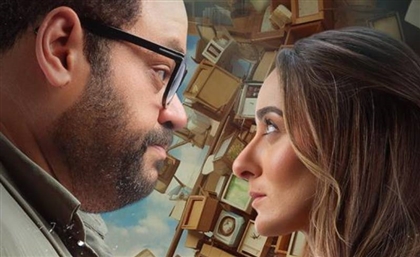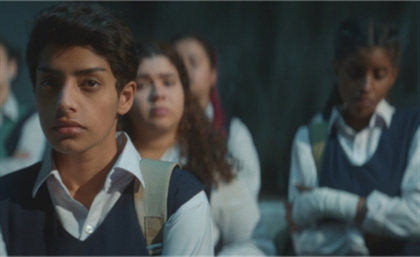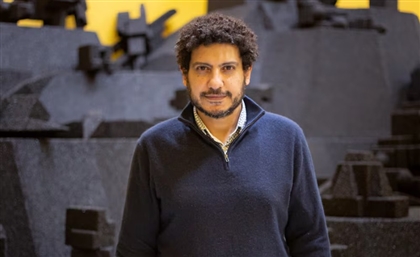Netflix’s The Crown: Failed Marriages, Sisterhood, Abdel Nasser, and the Suez Crisis
We go behind the scenes of Netflix's royal drama The Crown, which documents the life of Queen Elizabeth II, and speak to the stars and creators of the hit show about fantasy, reality, and what to expect in Season 2.
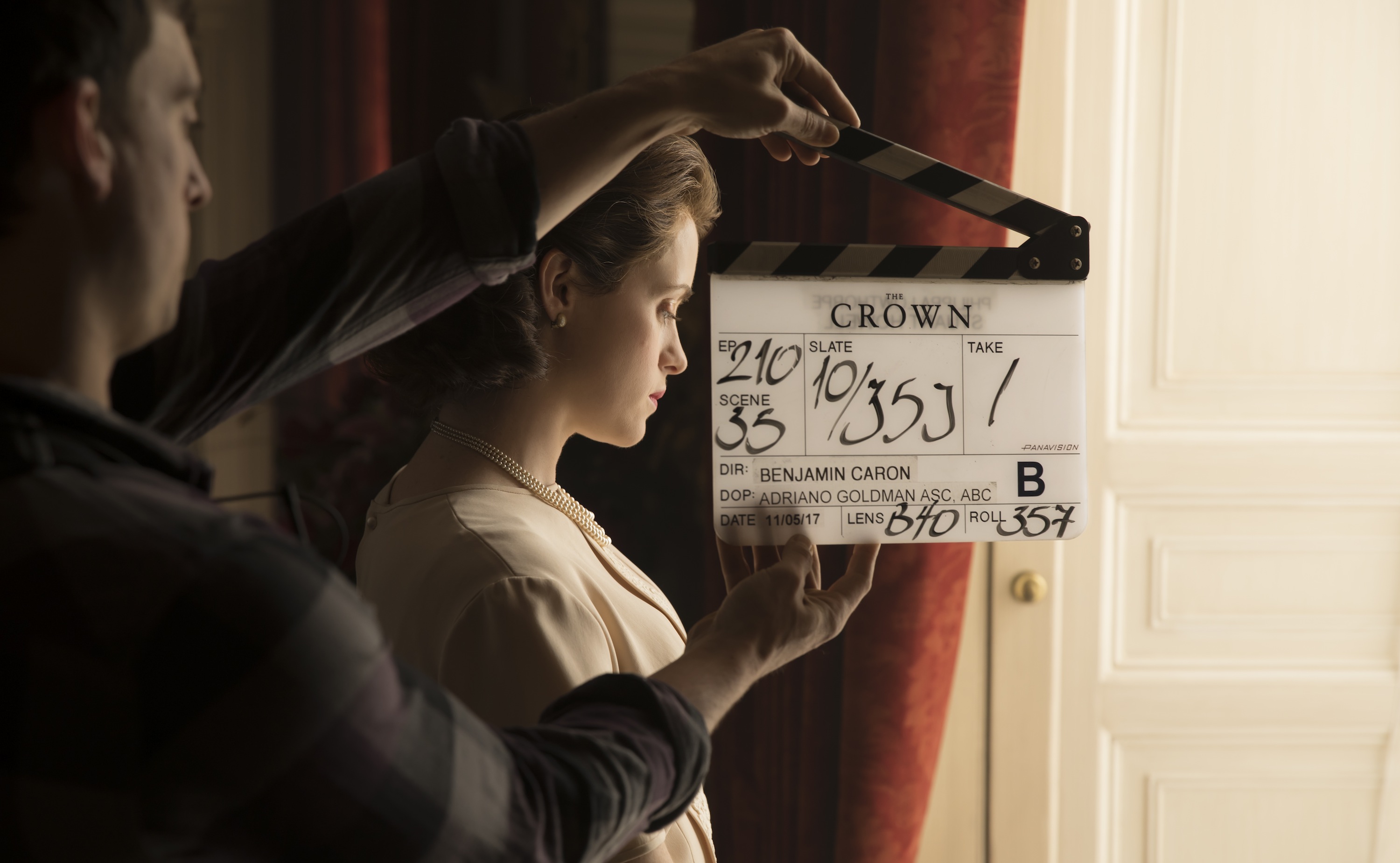
A monarch, a matriarch, but mainly, a woman trying to maneuver the weighty, glittering, and unusual new role that has been foisted upon her; Queen Elizabeth II is all these things – and that’s just scratching the surface – in Netflix’s The Crown.
The critically acclaimed show, about to kick off Season 2, revolves around now 91-year-old Queen Elizabeth’s reign, starting with her ascent to the throne in 1947, and follows her personal life and the lives of the royal family as the years progress. It is strangely voyeuristic, peering on the private lives of an incredibly public dynasty, but that is perhaps what makes it so transfixing. Because what goes on behind that poised, perfect façade? “Everything about the royal family seems to fascinate people around the world. Is it a fantasy? Is it real?” asks executive producer Andy Harries as we discuss the show at an exclusive roundtable at Estree Studios in London, where it is partially shot.
In Season 1 we watch as Elizabeth has to inhabit the role of queen; she stops being an individual and becomes an institution; stops being Elizabeth Windsor, and instead becomes The Crown. She is irrevocably changed when she becomes the queen – and so is everyone whose lives she touches. As the season unravels, we see the dynamics that divulge themselves once this happens; with her family, with the public, and with politics and parliament. “Peter Morgan’s thing is an extraordinary ability to write contemporary history; to look at history and dramatize it,” says Harries of the show’s creator, who is also the man behind 2006’s The Queen. Morgan has no writers – instead he has a team of a researchers and does all the writing himself.
“It’s a really extraordinary story,” says Claire Foy, the actress who embodies Elizabeth, between takes as she and Matt Smith who plays Prince Phillip, film scenes for the second season of the show. This will be her final season to play the monarch – each season will depict a decade of the queen’s life, with new actors cast every two seasons.
It’s a wonderful way to look at the history of Britain; we're looking at it through the prism of the royal family
The actress brings a certain regal poise and primness to the role but also delivers an incredibly endearing performance as Elizabeth in her early years struggles to find her footing as sovereign. Foy manages to convey an entire spectrum of emotions with just the tilt of her head, or a certain look in her pellucid blue eyes, her hands almost perpetually clasped. “At the start of the season she’s not entirely sure of her duties and her role,” Foy says of her character, “But by the end of the season, her role is more defined – you see her come to terms with that.” 
As Elizabeth’s role becomes clearer, her husband Prince Phillip, experiences an almost inverse reaction. He finds himself constantly in his wife’s shadow, essentially stripped of any real career, and he grows increasingly bitter about being relegated to merely playing the role of husband to his young queen. “I think that he is still not sure where he sits in the whole thing,” says Foy, “None of them do; they all still struggle. I think the difficulty is that she, at the center goes ' well I know where I stand, what's wrong with you lot?’” 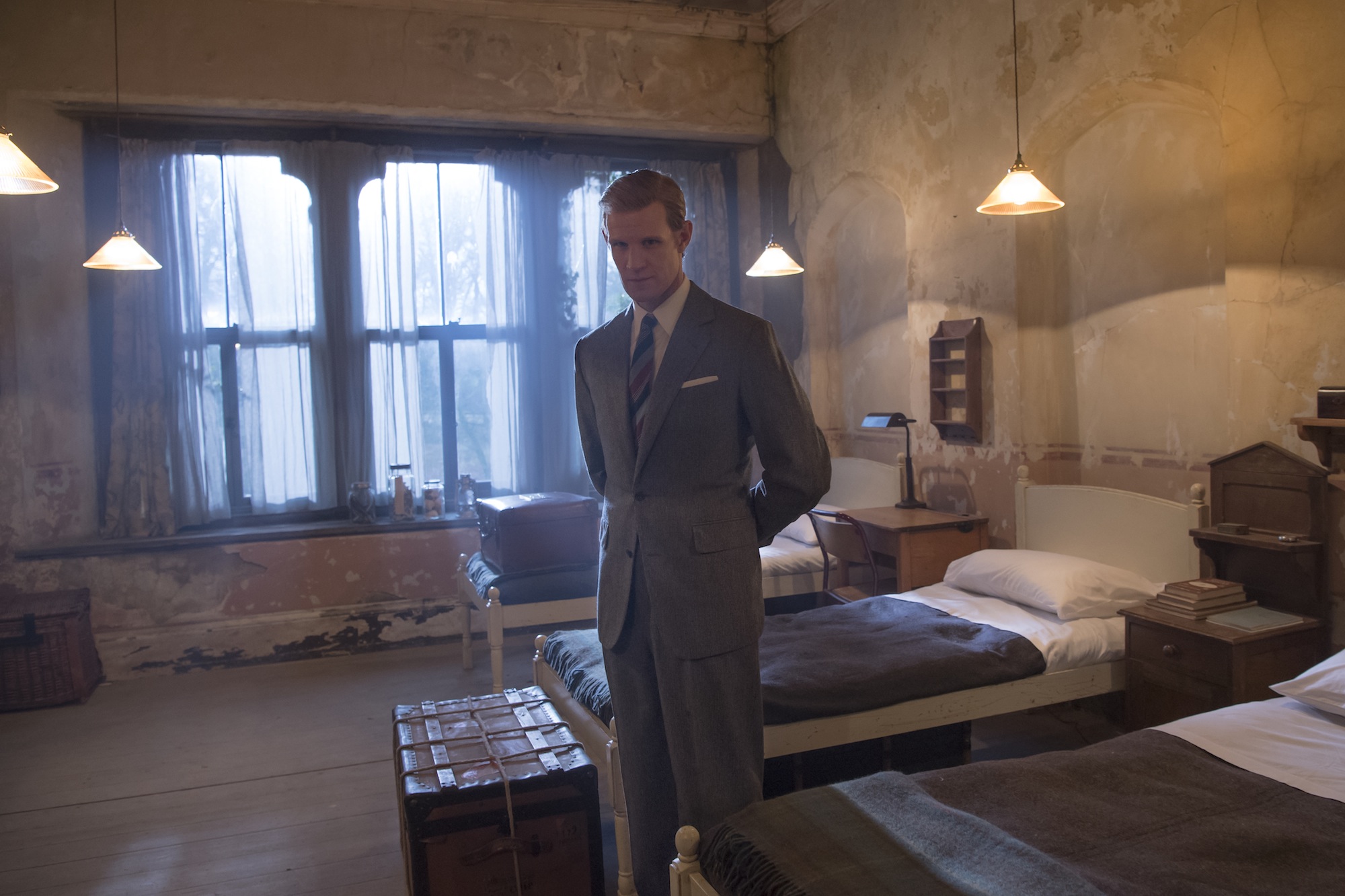
“She is the job,” Elizabeth’s father says to his son in law early on in the show, shortly before his death. And evidence of that almost instantaneously begins to reveal itself as Phillip finds himself almost a subordinate to his wife. It’s often hard for men to accept this secondary position - especially in Phillip’s case when it’s such a clear - and official - demarcation; always a step behind her, literally.
By the culmination of Season 1, Philip’s displeasure starts to taint everything in their marriage as the petulant prince constantly takes jabs at anything and everything and their relationship starts to curdle.
“They're navigating their relationship through that really difficult thing,” says Foy. “And they do succeed in their own lovely way.”
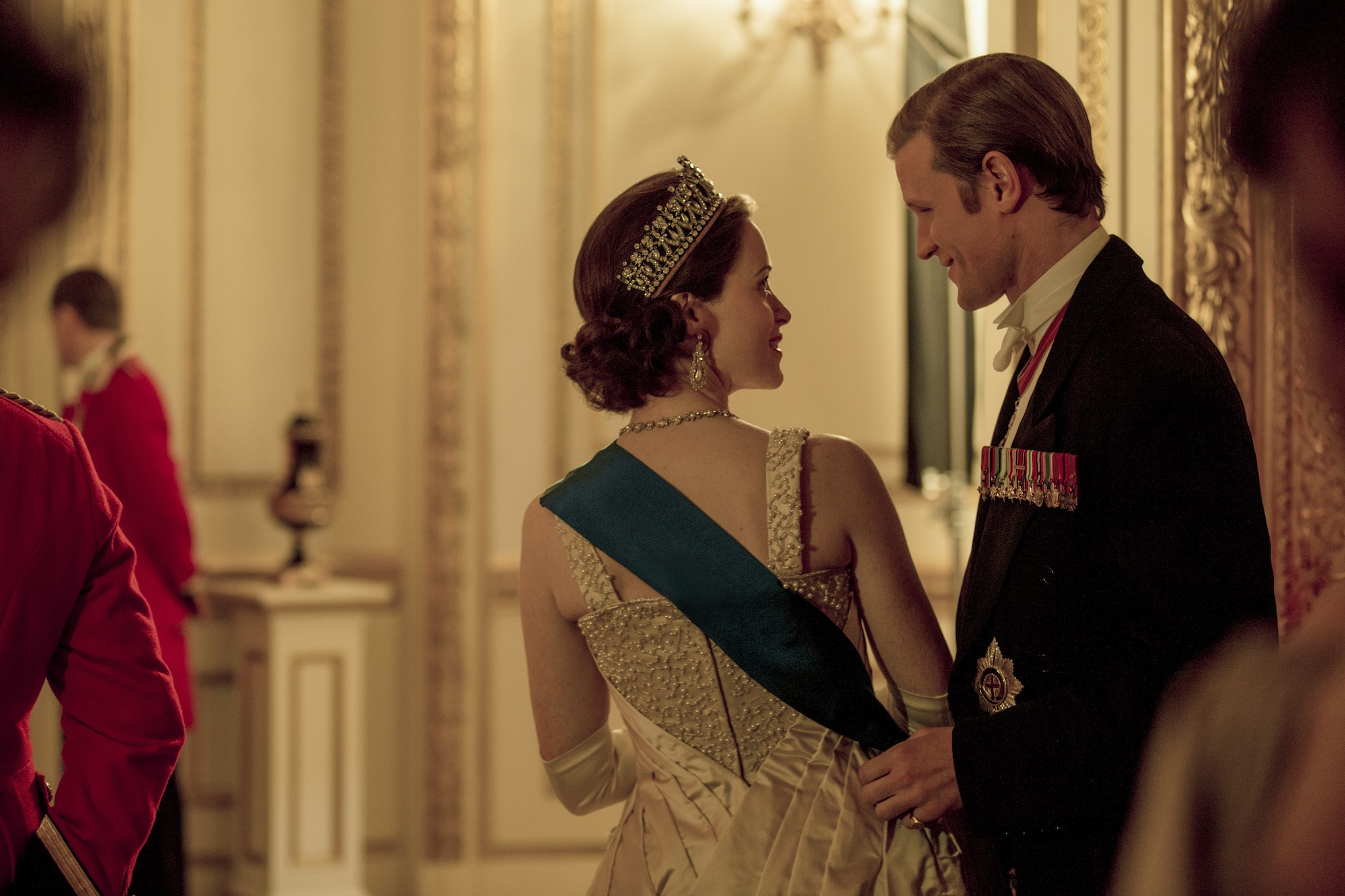
Season 2 will delve more into Philip’s backstory, one laden with sadness and drama “Phillip’s back-story was so extraordinary and I find it incredibly emotional actually,” says Suzanne Mackie, one of the show's executive producers, “I think we understand Phillip, Elizabeth, and their marriage more. So again it's that sort of interrogation of this domestic family, an understanding of how decisions were made.”
Another core relationship in the show is of course that of Elizabeth and her younger sister Margaret, whose real life failed love affair with divorcee Peter Townsend is notorious and well documented, and its fictional counterpart plays out in Season 1. Much like Prince Phillip, Margaret is bitter – and much of her blame falls squarely on the queen.
Your big sister has decided whether you can marry somebody or not. How do you recover from that really?
She not only finds herself endlessly overshadowed by Elizabeth, a fact she resents, she also becomes a prisoner of the institution of the monarchy and its rigid roles – of which her sister is at the center of – when the Church of England refuses to countenance her marriage to a divorced man, which destroys her. Because at the core of their sibling relationship lies the question: where you do draw the line? When is she your sister and when is she your sovereign? “In the first season she was at the mercy of the establishment,” says actress Vanessa Kirby, who portrays the willful, borderline rebellious princess.
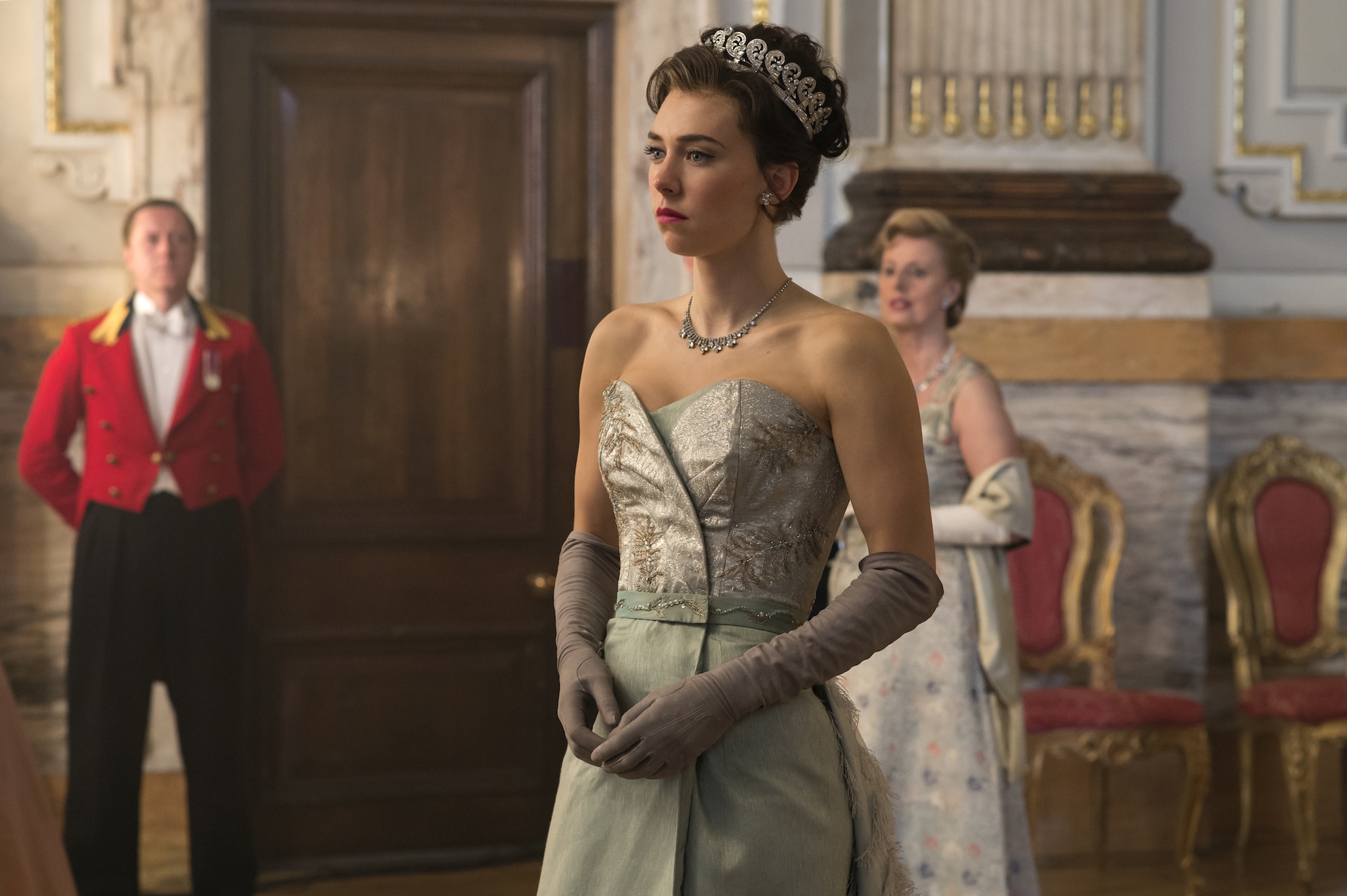
In Season 2 we will watch her new whirlwind romance with photographer Tony Armstrong unfold. “Then she gets wild with him because he encourages her to not be anything she was before and to push back against her family and find out who she really is, of her own accord, as a woman.”
But despite the fact that she moves on from Townsend, Kirby hints that the tension between the sisters will carry over into the next season. “It's changed the entire course of her whole life and I think that yeah, definitely in this season, tensions are still as tense as ever,” Kirby says, “Your big sister has decided whether you can marry somebody or not. How do you recover from that really?”
Kirby’s version of Margaret of course, is drawn from the real person, but the character on screen is a complete – insightful though it may be – fictionalization – just like all the royals portrayed. By contrast however, the onscreen world they exist in, is as close as possible to reality. The Netflix production runs high in budget as they seek to accurately emulate the past. “Every single detail is absolutely vital to recreate their life,” says Harries, “And so some of the stuff the crew does is absolutely remarkable.” Though they film on location in places such as Lancaster Castle, much of the filming is done at Elstree Studios, where sets of entire rooms are built and torn down within the day.
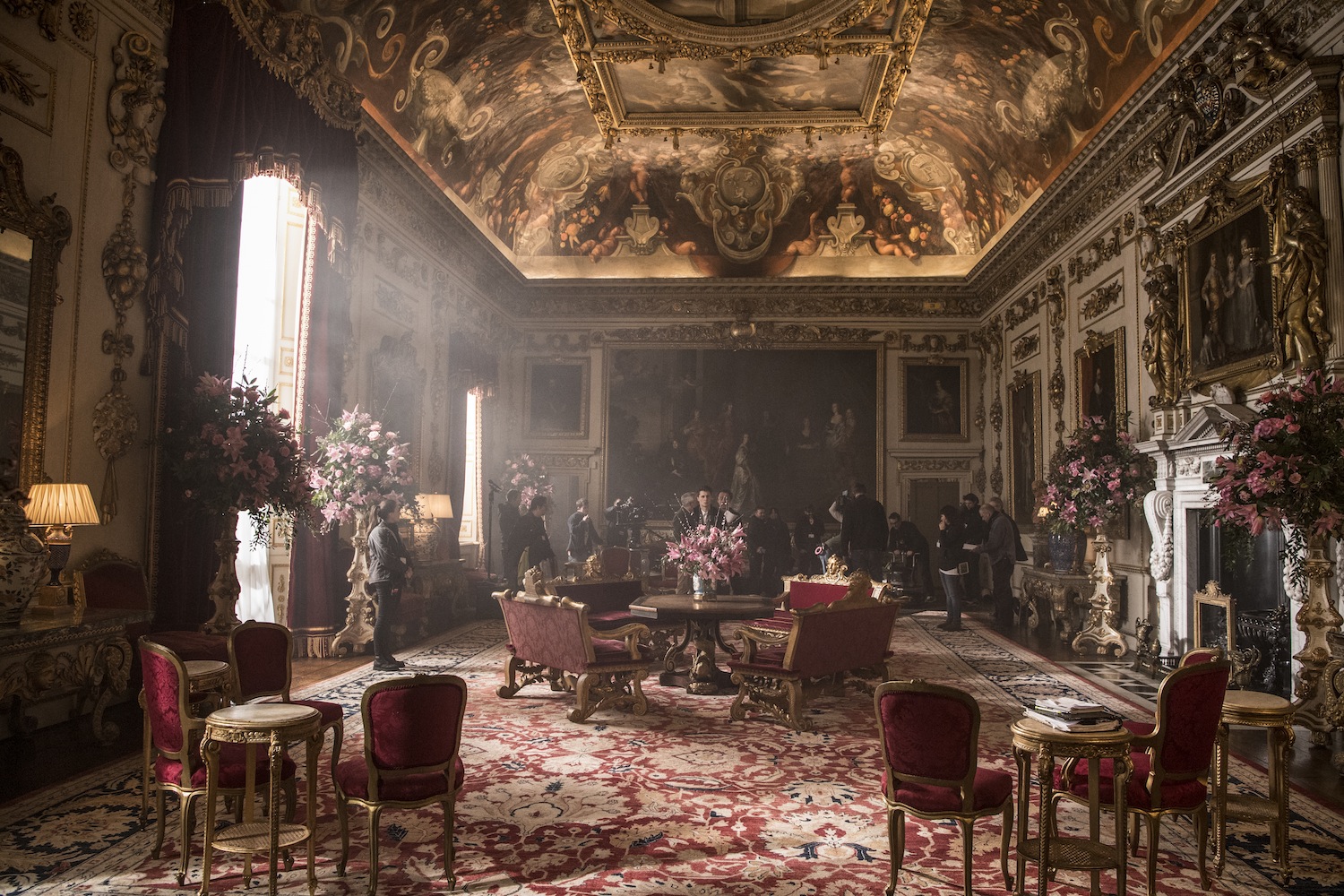
A large on-site warehouse holds many of the props they use; towering shelves lining the room from end to end laden with everything from phones to toys to an entire shelf dedicated to ashtrays, an item so inconspicuous you rarely consider it.
The costume department has rows upon rows of vintage finds. But in addition to this, they custom create many of the costumes for the show – entirely from scratch. They actually dye the fabrics to the prints and colours they need to match the exact outfits and aesthetic they’re looking to replicate from Elizabeth’s reign.
“Delivering the royal life – you have to do that properly and authentically – and it's difficult to do that,” Harries says.

Part and parcel of the royal existence, is of course, their unusual relationship with the politics of the country and, most of the events on The Crown have real life parallels and have occurred historically. "It’s a wonderful way to look at the history of Britain; we're looking at it through the prism of the royal family," Mackie elucidates.
Season 2 will cover the next ten years; the Kennedys will come visit the queen and JFK will be assassinated, but before that, it will take us through Abdel Nasser’s presidency after Egypt’s 1952 revolution, and the Suez Crisis in 1956.
References to Nasser (who is played by Amir Boutrous) and his anti-monarchical sentiment have already been made in Season 1 and though he only makes brief appearances, he has already been depicted as somewhat aggressive - especially towards Prime Minister Anthony Eden - and uncooperative. It begs the question of course, if there exists a tendency to sympathise with Britain due to the nature of the show, despite the fact that the Suez Crisis (when England conspired with France and Israel to invade Egypt and reclaim the Suez Canal after Nasser nationalized it) is famously a huge misstep on England’s part.
It's a shame when you have someone as renowned and complex as Gamal Abdel Nasser that you can't go into his story, but it is Eden’s story, not his
“The story is not from Abdel Nasser’s point of view, it's from Anthony Eden’s point of view,” explains Series Producer Michael Casey in that regard, “It’s not told from just a classic war movie standpoint; we’ve told it from the very personal perspective of Eden, who was very sick at the time, rather than a sort of in depth look of the conflict.”
Prime Minister Eden, who appears gravely ill throughout the first season, is shown injecting himself several times, and the penultimate scene of the season depicts him passed out on a table, syringe laying beside him, while footage of Abdel Nasser plays in the background, easily a foreshadowing of Eden's eventual downfall. He was prescribed Benzedrine in the 1950s and it is now commonly thought that his vendetta against Nasser and subsequent poor decision making regarding the Suez Crisis was essentially fuelled by drugs.
“It's a shame when you have someone as renowned and complex as Nasser that you can't go into his story, but it is Eden’s story not his,” says Casey, “It will focus more on the relationship between Eden and the queen and the decision to send troups.” Of course, that decision turned out to be disastrous. It strengthened Nasser’s position, and signaled the beginning of the end for Britain’s role as a global power player.
Eden’s incredibly short tenure as Prime Minister was forever marred by the crisis and it was a huge blow to Britain – and by extension the Queen.

As Eden falls from grace and resigns, another Prime Minister takes his place, just like he took Churchill’s place before him, and just like many, many more Prime Ministers will after him. And throughout it all, Queen Elizabeth II remains. “In Season 2, she doesn’t have a Prime Minister full term, they both [Eden and Macmillan] left early,” says Foy, “And that's really interesting for the more pressure it puts on her as the figurehead of the country and being the stable continuous energy behind the country.”
That is perhaps, as the show suggests, the essential importance of the monarchy; to serve as an unwavering beacon of dignity and stability. Decorative though the position of queen may be, it is fixed, and stability in a nation is something which is always revered. “Whether you like her or not, whether you believe in the monarchy or not, it's something steady and that is fascinating,” concludes Harries.
The Crown Season 2 premieres on Netflix December 8th. For more updates follow @NetflixMENA on Instagram.
All images courtesy of Netflix.




